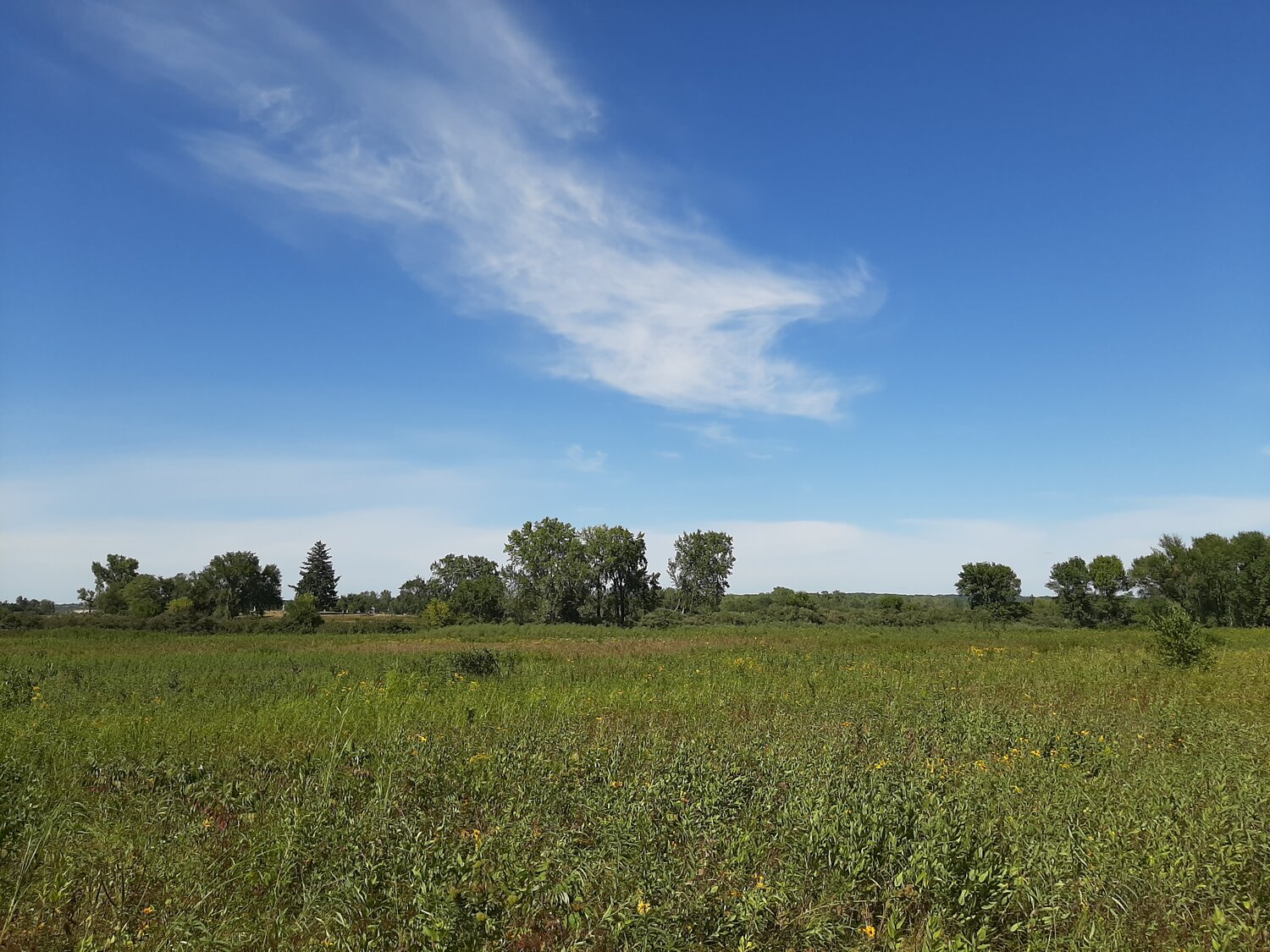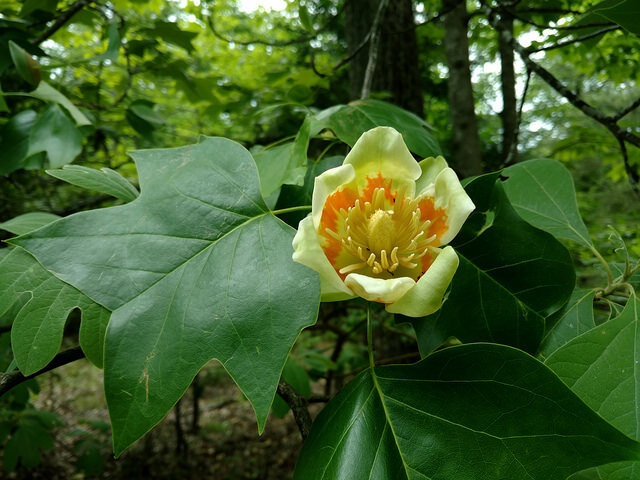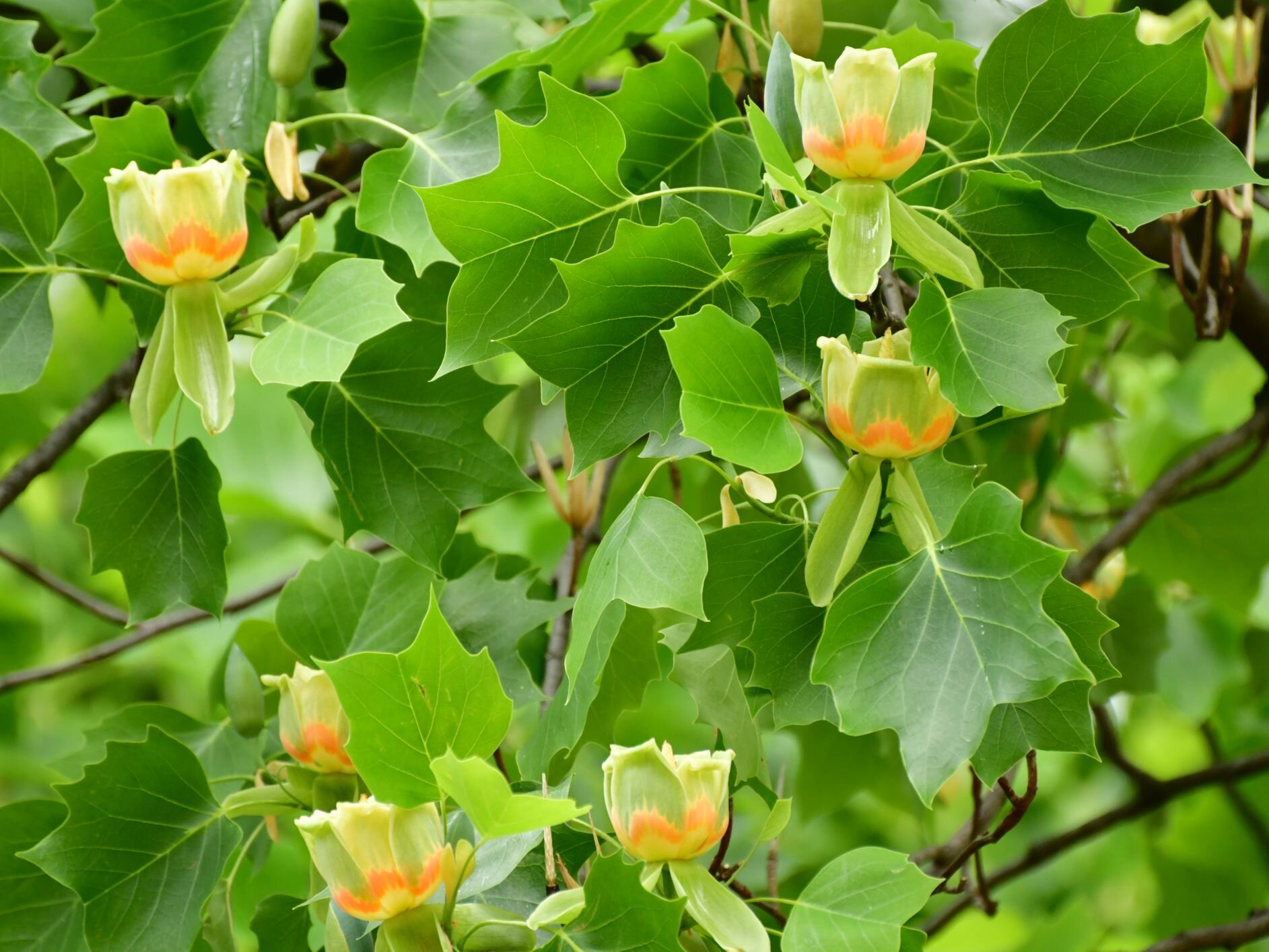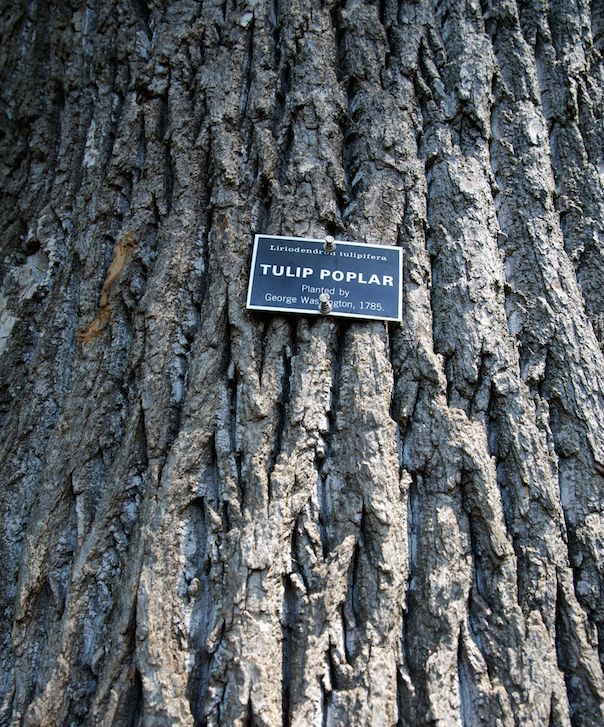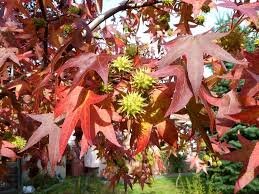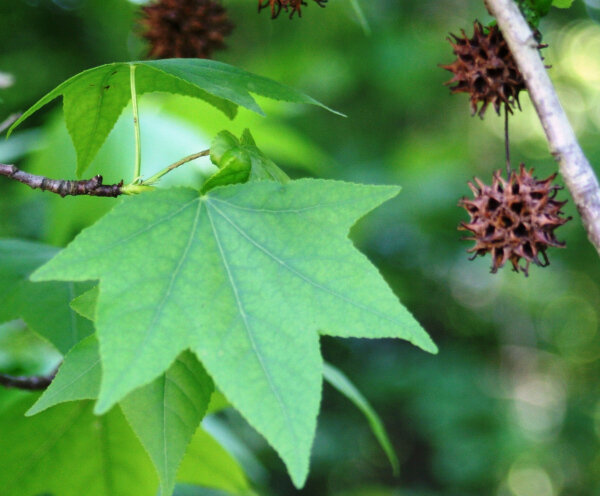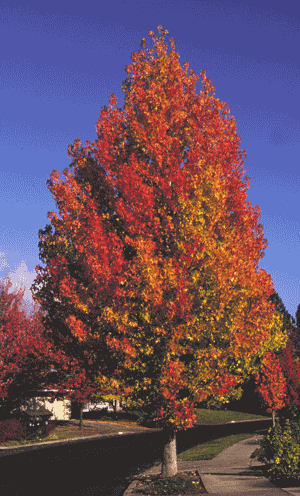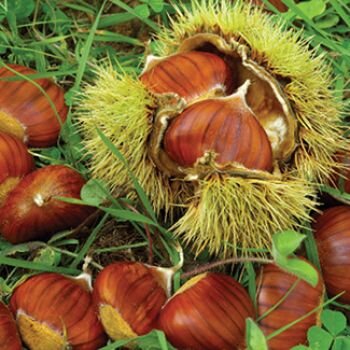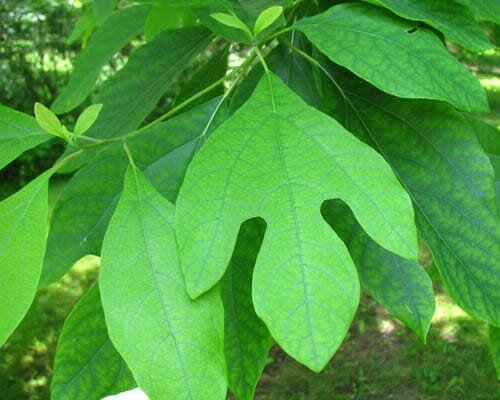Trees of My Youth
My youth was spent in a two-story cross-gabled house on Lakeview Boulevard in Stow, Ohio, in the middle of the Western Reserve, that gift to the Connecticut Yankees (as we learned in our seventh-grade Ohio History class), and on the land of the Kaskaskia and Erie peoples (which we didn’t learn about). I lived there from the time I was five until I left home in the fall of my eighteenth year. We moved there as a family of five – my parents, two younger sisters, and me. When I left, we numbered twelve. And I was happy to reduce the population by 8⅓ percent.
Our yard is still firmly embedded in my memory. That was our domain, offering the potential of a self-contained world that satisfied my budding curiosity. It was a half-acre lot, but it always seemed like more because the house was positioned on the south part, leaving a large side yard that slid down a short hill into the backyard. That was the neighborhood sledding hill, always well stocked with the fresh powder of lake-effect snow. A tight row of red pines delineated the north boundary of the backyard, between the Ingrams’ yard and ours. That row of pines then elled into a privacy fence on the west property line between the Rubels’ yard and ours. When the hill got icy from heavy use, or a novice sledder was making a first try on the slope, the trunks of those pines became dangerous obstacles, inflicting a fair array of stitches over the years. Tucked along those back pines was a row of red raspberry canes that we were expected to tend in the summer, picking off the Japanese beetles and dropping them in a jar of gasoline.
In the middle of the backyard towered a majestic tuliptree – Whitman (in Specimen Days) called it “the Apollo of the woods” – which served as second base on the kickball-wiffleball-baseball diamond that dominated the yard, where the neighborhood kids gathered in the summer to play till dusk. The tuliptree, or tulip poplar, is one of this continent’s largest trees, and ours was no exception, over eighty feet tall. This meant that most balls hit to center field would get knocked down in mid-flight. The savvy kid learned to hit or kick to right or left field. The tree had no conveniently low branches, so we rarely climbed it, unless we wanted to get a good look at the large yellow-green blossoms that would emerge in June. We couldn’t see the orange sherbet swirl at the bottom of the flower’s tulip-like cup unless we got up in the tree. I raked up a lot of those lazy four-lobed leaves over the years.
Two sweetgums flanked the south half of the house, one in the front and the other in the back, arboreal single quotes. They too were tall lovely trees, rising above the steeply pitched roof, so close to the house that some adventurous members of our family were known to have snuck out of the second-floor bathroom by clambering out the dormer window, onto the roof, and over to the tree, then climbing down into the front yard. The sweetgums were fascinating specimens, and comfortable trees to spend time in. Their glossy green, star-shaped leaves were distinctive, as were the small, woody, prickly balls that held the seeds favored by mourning doves, among other songbirds. When I shared the south-facing second-floor bedroom with two of my brothers, I often awoke in the summer to the gentle alarm of their monotonous laments.
The tree’s branches were decorated with corky ridges that we’d pick off during moments of summer idleness. I discovered my first walking stick while sitting in one of those trees. The sweetgum in our backyard was located at the top of a rise that slalomed down to the sandbox, swing set, and tetherball pole that essentially served as the home team’s dugout. I loved climbing to its topmost branch, above the peak of the roof, so high no one knew I was there. I would quietly survey the neighborhood – the Mariolas’ enticingly blue backyard pool, old Weezy’s big kitchen garden, often raided for its tart treat of rhubarb stalks – and, farther off, the magical and misty distances. It was a great way to escape from my life and daydream. Each autumn, these sweetgums would give an impressive final performance, each leaf singing its own part in an elaborate round of gold to orange to scarlet to burgundy.
Our backyard was also home to a pair of Chinese chestnuts, cousins to the beautiful American chestnuts that had been all but wiped out by blight. In contrast to the grand American Chestnuts, these natives to China and Korea were rather scrubby. Nevertheless, the long sprays of white catkins that bloomed like floral fireworks in June always fulfilled their promise of a good nut harvest. The one next to third base had a long low branch that even the littlest kids could hang from or sit on. The runner on third had permission to step off the base to sit on it and swing his or her legs until someone hit them home. Those were the ground rules.
In the fall, we all knew better than to walk barefoot under those trees – the green chestnut husks were painfully spiky and hard to see. But when they started dropping, we knew it was harvest time. We’d gather up the chestnuts and take them over to the Kempell’s backyard fire pit two doors down, get a blaze going until we had glowing embers, put an old grill over it all, and then set our chestnuts on that. When they were ready, their thin shells would pop open, roasted chestnuts flying everywhere. Nothing tasted better – like tiny sweet potatoes.
The empty lot directly behind our house was waiting to be developed, but meanwhile it was our little patch of wild. I remember once walking into a ground nest of yellow-jackets there. I ran like crazy out of the lot and around our house, wailing and howling until my mom came out and ripped off my t-shirt (beneath which a crew of yellow-jackets were trapped) and then patched me up. A stand of sassafras grew in those woods. Gramma Duer, who was born and raised in eastern Kentucky and whom my dad brought out from Akron to stay with us every weekend, would ask me to dig up the roots so she could steep them to make sassafras tea for us. We thought of it as root beer tea. The large, soft leaves came in three forms – egg-shaped, mitten-shaped, and three-lobed – and carried a hint of that root beer smell when crushed. I took to eating them whenever I had a hankering. I got a fair amount of grief from my friends for this quirky habit, but I stuck with it. The soft leaves had a mild flavor, almost creamy when slowly chewed. Years later, I learned that the Choctaw people of the Mississippi Delta famously dried and ground sassafras leaves to make filé powder, used in Cajun dishes such as filé gumbo. I hope this vindicates me. Or, as I might have said back then, “So there!”
Are any of those trees still standing? Have they been cared for as well as they cared for us? I like to think the tuliptree, at least, endures – its species has been known to live for up to three centuries. In Neil Young’s “Helpless,” he sings about his memories of youth, transfixed by their beauty, unable to return to the past or change it, perhaps unable to be anyone other than who he was becoming. That sweetgum needed deep roots to hold its singular forty-foot trunk in place. I may have swayed in the wind but I knew I was grounded. I don’t remember wanting to grow up to become anything – firefighter, baseball player, president – but I wanted to become something. In that tree, I could rise above my years and gain perspective. The view from the lookout of that tree’s spire, the blurry promise of that horizon, thrilled me in a way that’s hard to explain. I had no idea what kind of life lay ahead, but I knew I was being asked to pay attention to the possibilities, and to say yes.
